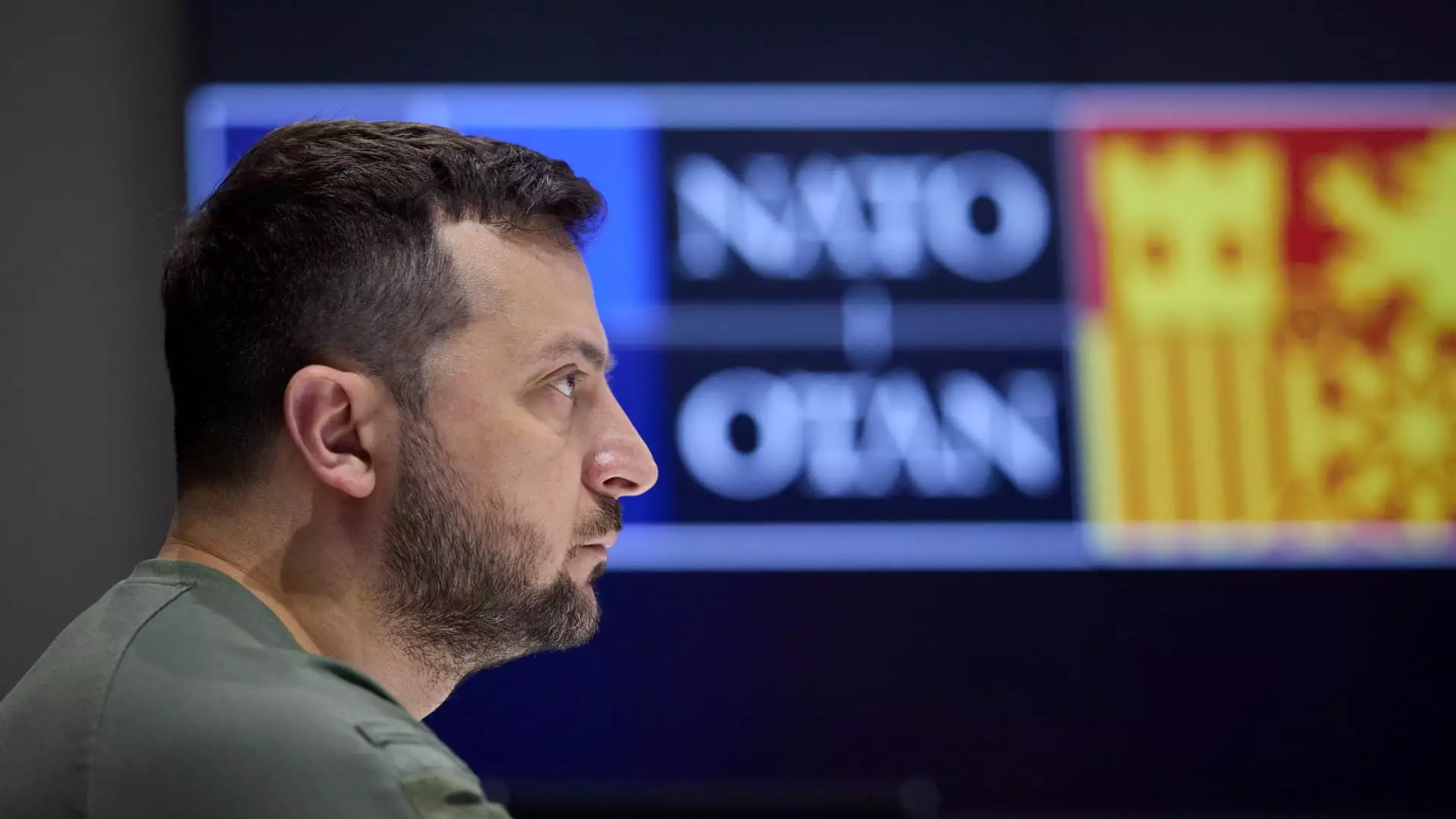The Ukrainian counteroffensive against Russia’s invasion, which commenced in June, has encountered a significant roadblock. Despite receiving military assistance in the form of tanks, artillery, and other equipment from Western allies, the Ukrainian forces have struggled to achieve substantial progress against the Russian aggression. This has led to the contemplation of additional measures required for a breakthrough in the conflict.
Land Mines: A Formidable Threat
A major impediment for the Ukrainian forces has been the extensive deployment of landmines by Russia. These explosive devices, including those designed to target troops as well as armored vehicles like tanks, have greatly impeded the Ukrainian advance. In addition to the physical presence of mines, Russia’s ability to lay them using specialized artillery has made it challenging to create cleared lanes for the movement of forces. This level of mine warfare presents a significant challenge for any military force, requiring comprehensive Western capabilities to counter effectively.
Many voices in Kyiv have called for the introduction of Western fighter jets, such as the F-16, to bolster the beleaguered Ukrainian Air Force. Despite facing an airpower disadvantage on paper, the Ukrainian Air Force has managed to remain operational. However, the addition of fighter jets would relieve pressure on the air defense forces, comprising aging Soviet surface-to-air missile systems that pose resupply difficulties. Moreover, the recently provided Patriot missile system could benefit from the presence of F-16s. It is important to recognize that the introduction of F-16s alone would not yield immediate results. Extensive training over months or even years would be necessary to maximize the potential of these advanced aircraft.
It is crucial to dispel any notion of “silver bullet” solutions in the context of modern warfare. Mick Ryan, a retired major general of the Australian army and adjunct fellow at the Center for Strategic and International Studies, highlights that war-winning capability is achieved through the integration of various weapons systems, both aerial and ground-based. Technical proficiency among operators and collective training in combined arms warfare are equally essential components. A comprehensive approach that considers the synergy of different systems and the expertise of the personnel is fundamental to succeed in countering the Russian aggression.
Assessing the Role of Big-Ticket Weapons
While the potential impact of high-value U.S.-made weapons, such as the F-16s, the Patriot missile system, and HIMARS, should not be disregarded, their deployment alone cannot single-handedly turn the tide of the conflict in Ukraine. These advanced weapons systems can significantly contribute to enhancing the Ukrainian defense capabilities, but they should be viewed as part of a broader strategy rather than quick-fix solutions. Comprehensive training programs and the development of an integrated defense approach are critical for their effective utilization.
The Ukrainian counteroffensive against the Russian invasion has encountered formidable challenges. The extensive deployment of landmines and the need for comprehensive Western capabilities underscore the gravity of the situation. The introduction of Western fighter jets would undoubtedly benefit the Ukrainian Air Force, but their impact would require time and training to fully realize. It is essential to maintain a realistic perspective and focus on developing a comprehensive approach that encompasses various weapons systems and collective training to effectively counter the Russian aggression. The ultimate objective should not hinge on the acquisition of specific weapons but rather on the synergistic integration of capabilities and the cultivation of expertise among Ukrainian forces.


Leave a Reply